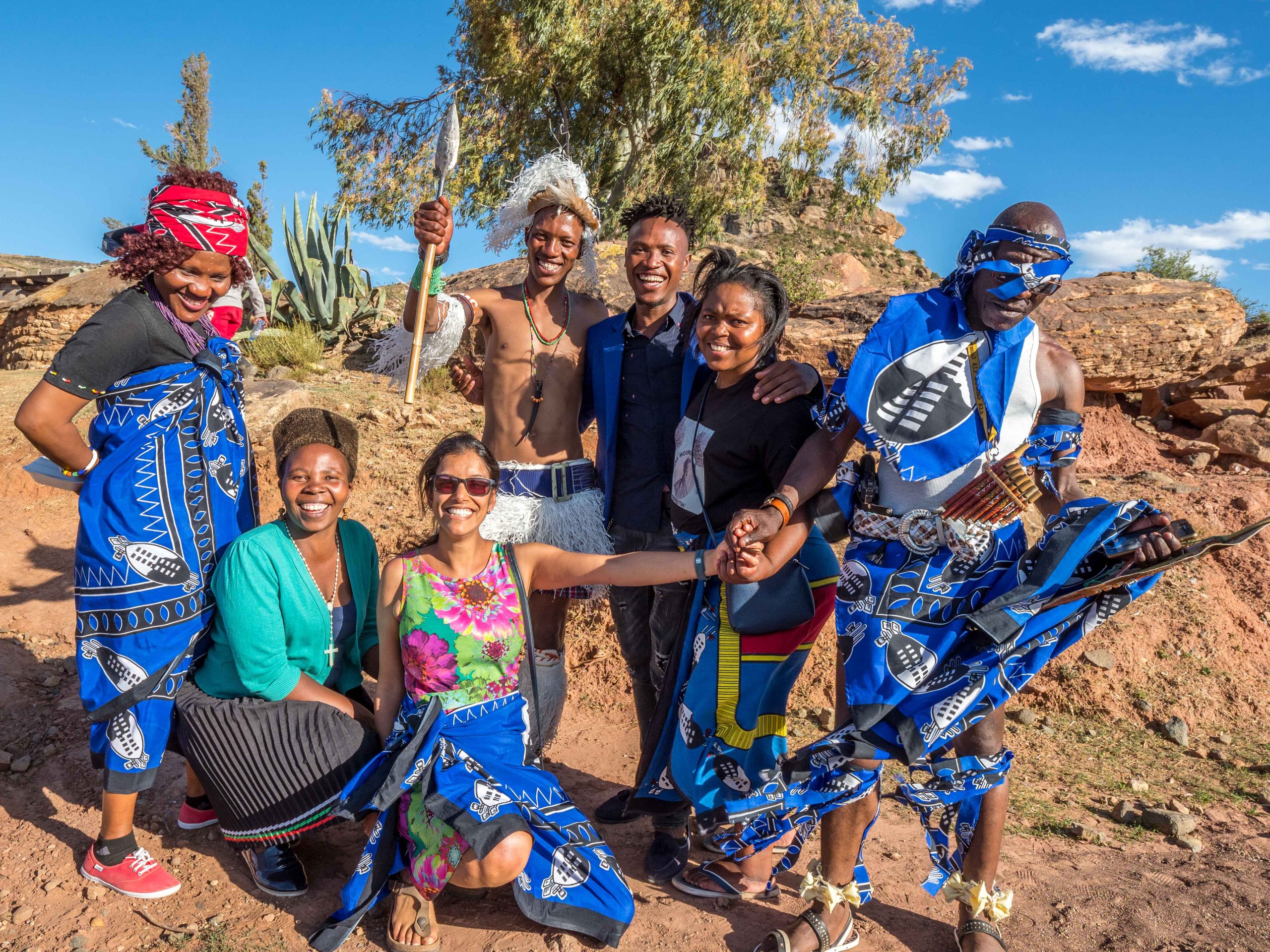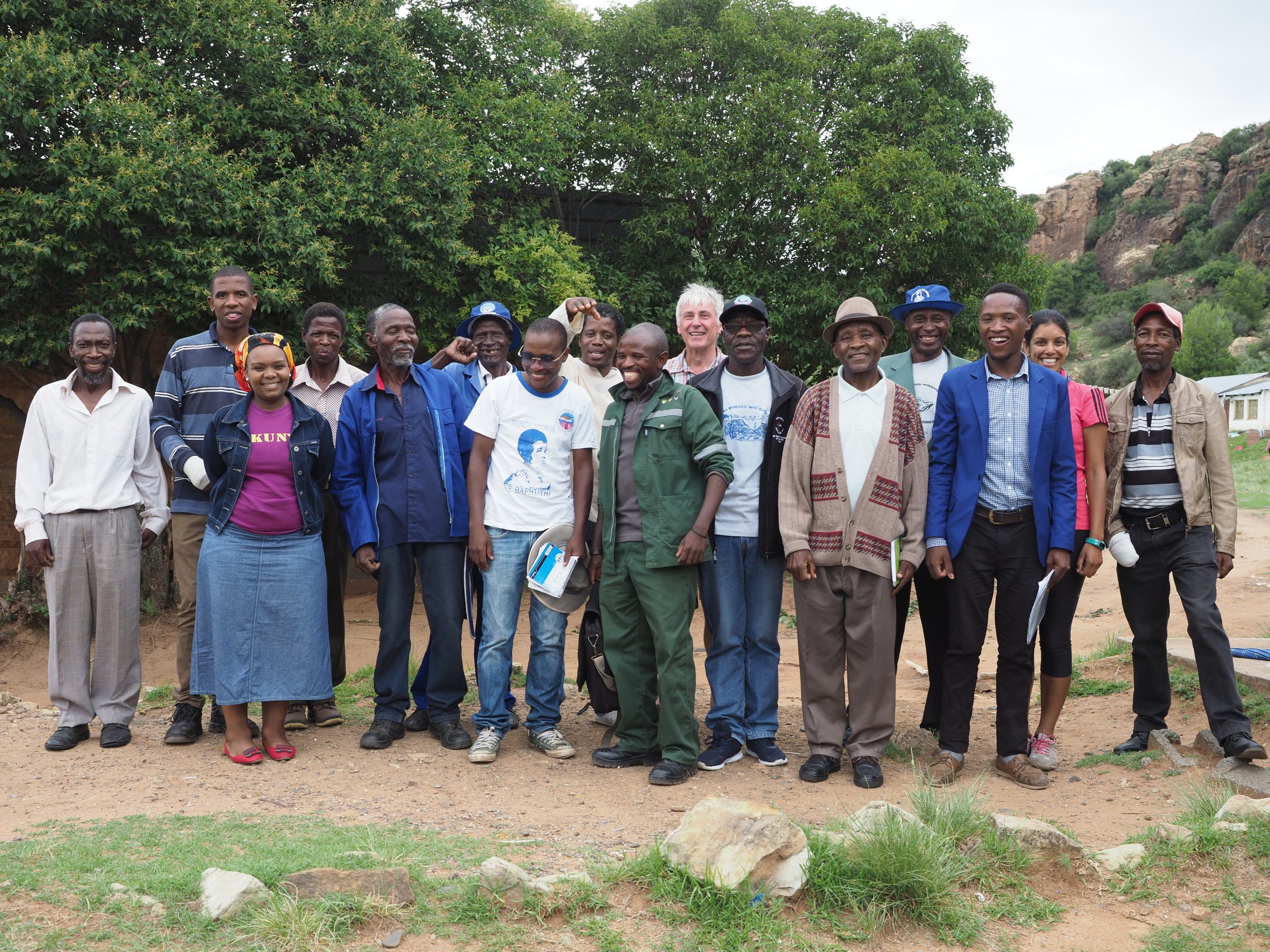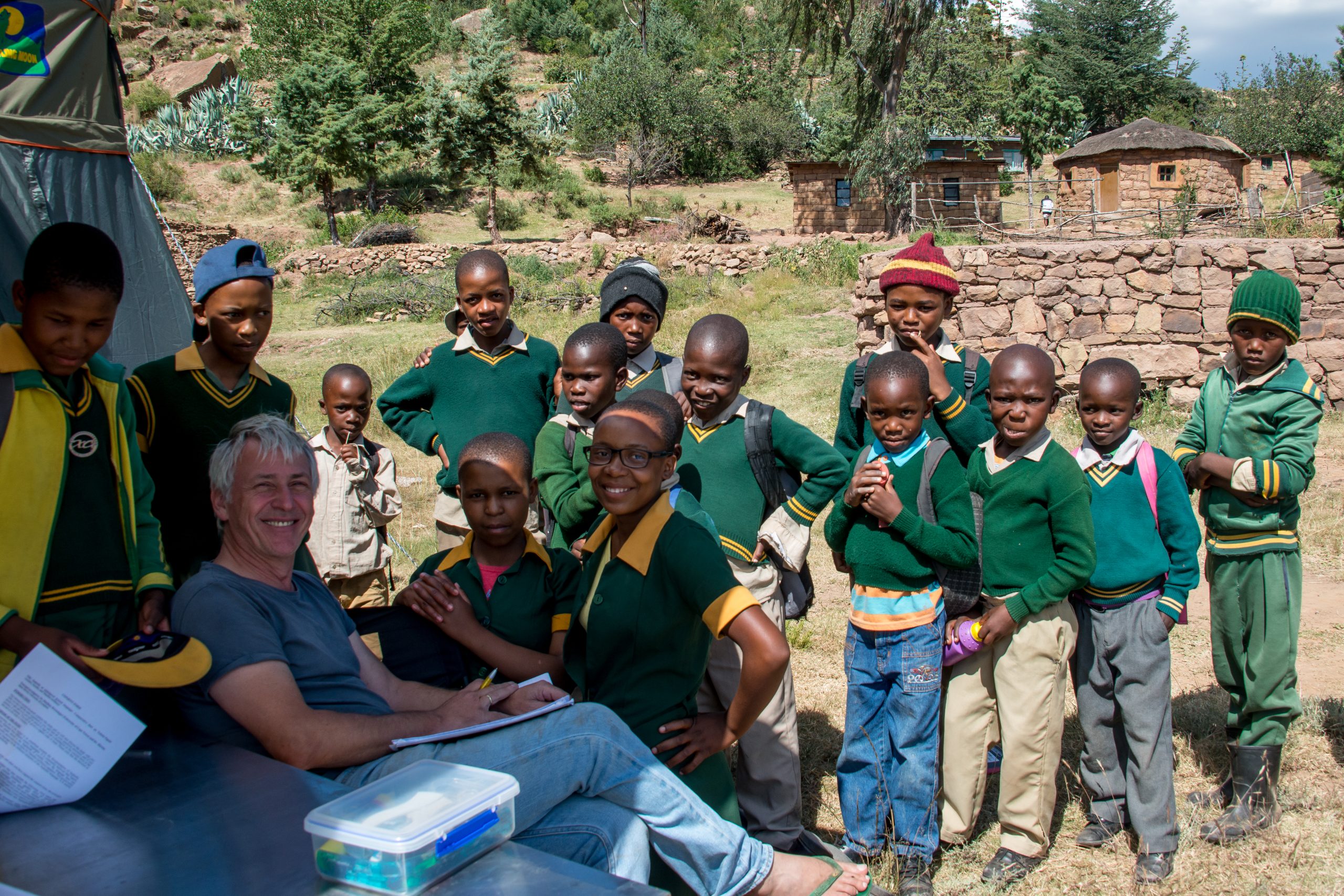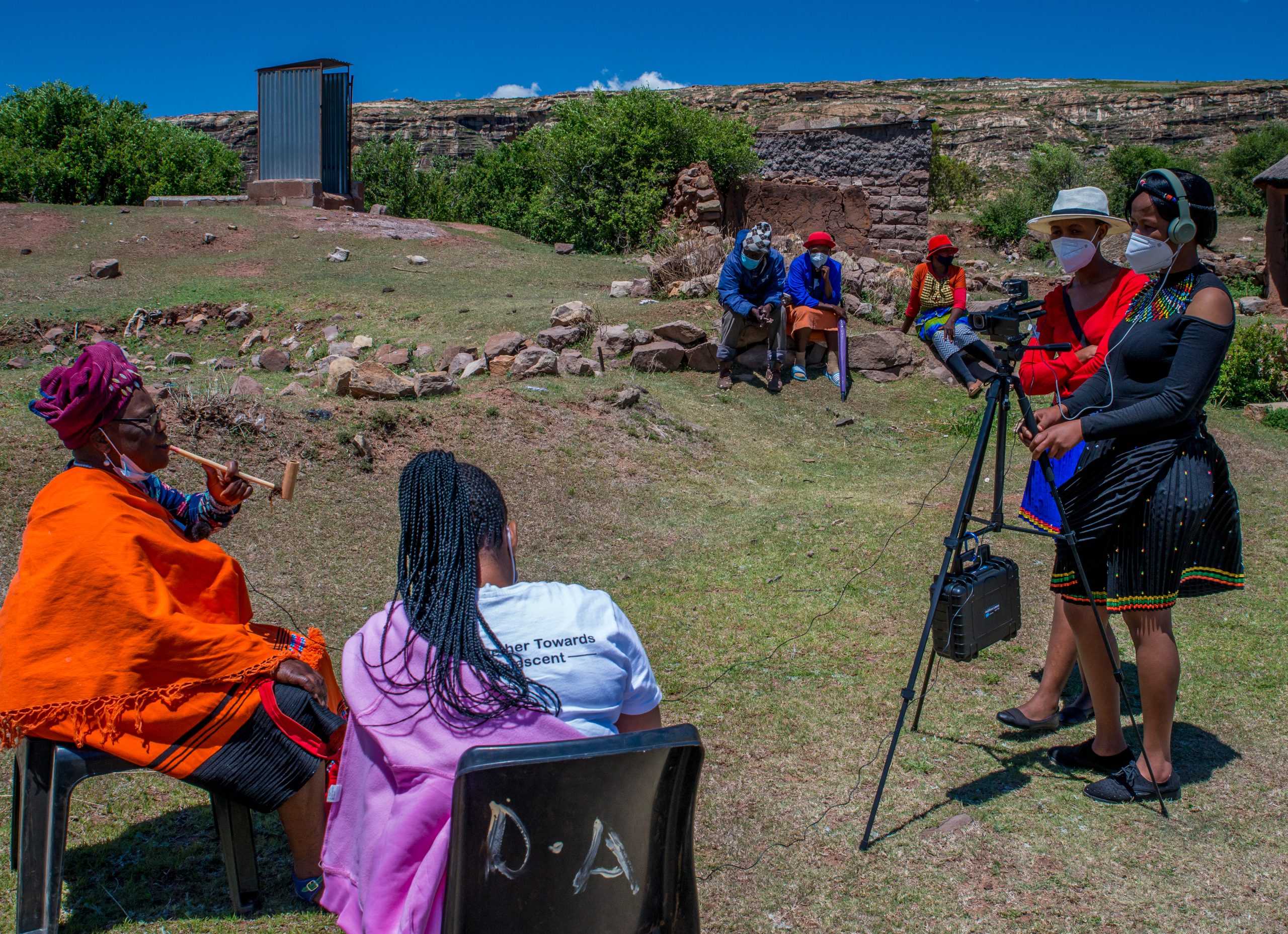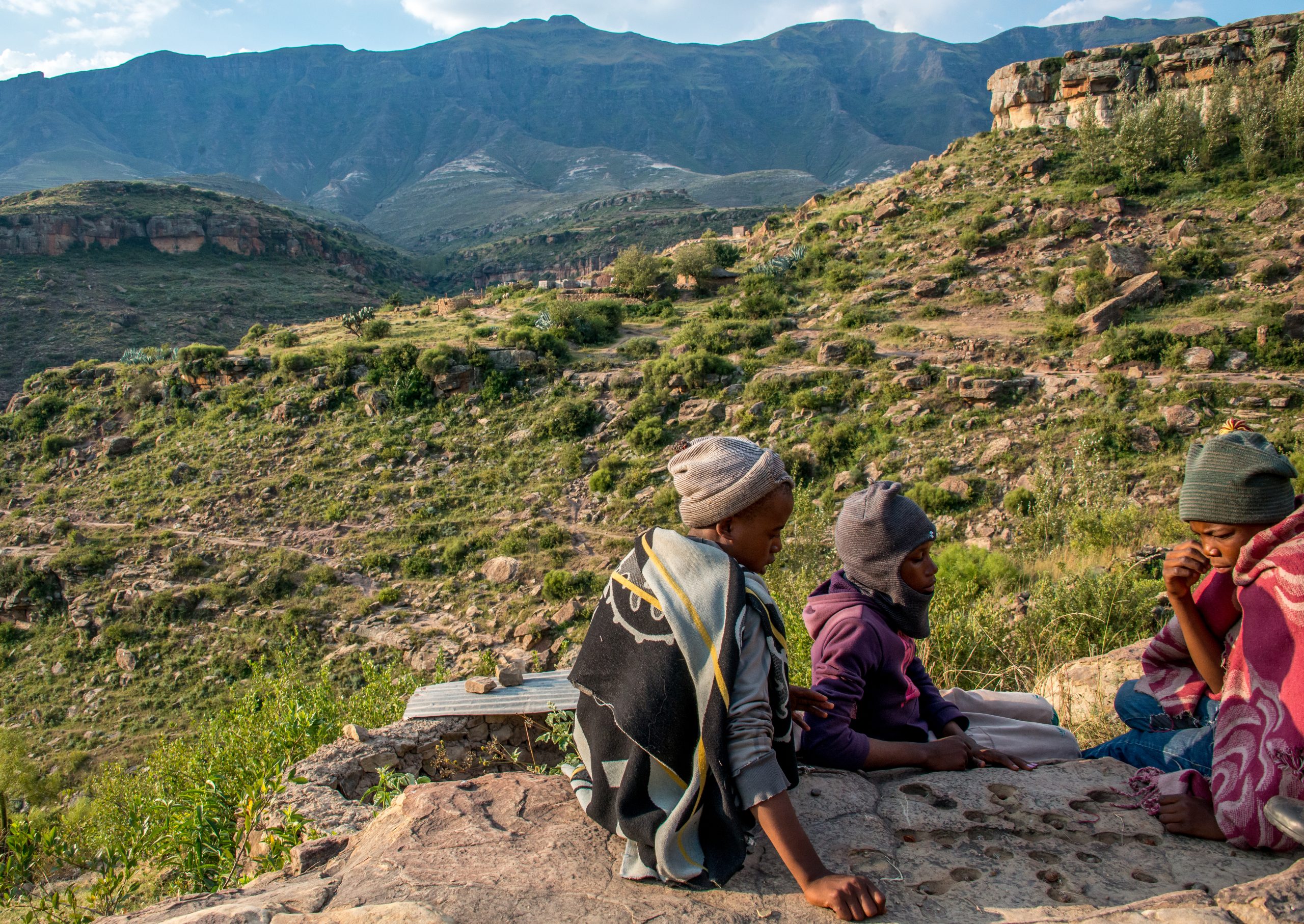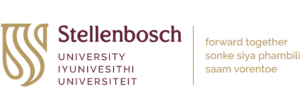Language and culture are closely intertwined; a person’s language influences their perceptions of the world and shapes their cultural identity. This is why, when a language is lost, we lose so much. Dr Sheena Shah and Dr Matthias Brenzinger are working on a SADiLaR-supported project in collaboration with the ebaPhuthi (Phuthi people), a minority group in Lesotho and South Africa, to restore and revitalise the siPhuthi language. This is taking place through several initiatives, including working with the community to develop and produce a multimodal corpus of siPhuthi. Key to this project is the active involvement of the community.
“The siPhuthi project is a collaborative project between linguists and community members,” says Dr Shah. “The community sees the project as a way in which their voices can be heard, and their stories disseminated. They also see the project as playing an important role in their language revitalisation activities.”
The Phuthi people: past and present
The ebaPhuthi were among the first Bantu-speaking people to arrive in present-day Lesotho, where they came in contact and intermarried with, among others, the hunter-gatherer communities of southern Africa, commonly referred to as San. The Phuthi nation was formed in the early 19th century and consolidated under the leadership of their king, Murena Moorosi. Moorosi was however killed in battle in 1879, after which the ebaPhuthi were, with the support of the British military, colonised by the Basotho people, who are still the ruling majority in Lesotho.
SiPhuthi continues to be widely ignored by the government of Lesotho, and the Phuthi people are marginalised, with low education outcomes and poor employment prospects. SiPhuthi is a highly endangered language spoken only by a few thousand people and the majority of those speakers live in Lesotho. Despite this, siPhuthi does not appear in the Constitution of Lesotho nor in any other official document. SiPhuthi speakers are neglected in the national context and the exclusive use of Sesotho and English by governmental institutions hampers access to critical social services such as education, employment, healthcare, justice, and welfare.
Revitalising siPhuthi
There is however a movement underway within the ebaPhuthi to restore their language and culture and have it recognised by the Lesotho government. The establishment of siPhuthi as a key marker of a distinct Phuthi identity has been gaining momentum during the last decade thanks to Libadla le Baphuthi, a cultural association that is the driving force behind many siPhuthi-related initiatives and activities.
It is within this broader context that Brenzinger and Shah began work in 2016 to document the siPhuthi language, a project that has had the support of Libadla le Baphuthi. The two linguists have subsequently become a part of the Phuthi family. This project has contributed to a renaissance of siPhuthi and its associated culture.
“There is a growing interest in the language, with many new speakers emerging, who are community members regaining language competence, often as adults, as they consider language to be a key marker of their Phuthi identity,” says Dr Shah.
Project outcomes
The compilation of a multimodal corpus of siPhuthi recordings containing narratives, conversations, interviews, folktales, oral histories and poems is a central feature of the project. The audio and video recordings are transcribed, translated, and annotated. The corpus covers a wide range of topics and includes recordings from a large number of speakers from different generations and geographic locations. This corpus is due to be completed in 2024 and will be made available in the SADiLaR repository.
The siPhuthi corpus is being developed to serve as a resource for community members as well as academics from various disciplines. The corpus provides insights not only for linguists, but also for historians, geographers, and cultural anthropologists. Most importantly, it also serves as a cultural and historical memory for community members.
The team is also working on a quadrilingual siPhuthi-Sesotho-isiXhosa-English dictionary. The dictionary will be crucial in the development of siPhuthi educational and health materials, as explained by Dr Brenzinger:
‘”After November 19th, 1879, with the death of Murena Moorosi, ebaPhuthi and their language were first actively suppressed and later neglected in the national context of the Kingdom of Lesotho. More recently, however, it seems that siPhuthi might soon become one of the official languages of the country, with the opportunity to use siPhuthi as medium of instruction in primary schools. For the development of teaching and learning materials in siPhuthi, a dictionary of the language is of utmost importance.”
Working in community partnership
In the past, speakers of the language played a secondary role in linguistic research, as language informants or consultants. While this is to some extent changing as a practice, Shah and Brenzinger believe that the researchers should not be dominant in the project, nor should they be the main beneficiaries of the project through publication and personal career advancement. Rather, their guiding philosophy is that “social justice and human flourishing” should be project outcomes when working with marginalised communities. For this reason, the training and empowerment of the siPhuthi speakers forms the core of the work.
The team conducts workshops in which community members are trained in methods and techniques of language documentation. In addition, the linguists collaborate with the community as active members of Libadla le Baphuthi.
Dr Shah makes the following observations:
“For outcomes to be meaningful to both linguists and community members, projects must be truly collaborative. Joint approaches to language documentation enhance scientific outputs and at the same time make outputs accessible to and useful for communities. By supporting small language communities such as the speakers of siPhuthi, we can give these marginalised people a voice in regaining self-esteem and recognition in national contexts. With that, our activities aim at fostering language diversity which we consider to be a human treasure globally.”
Caption:
- Sheena with other siPhuthi activists at a cultural event
- Meeting of the Libadla le Baphuthi association
- Matthias discusses siPhuthi terms with students in the Daliwe river valley
- Recording an interview with a siPhuthi speaker from South Africa at the annual Murena Moorosi commemoration event
- Only few children still speak siPhuthi at home
Words by: Natalie Simon
